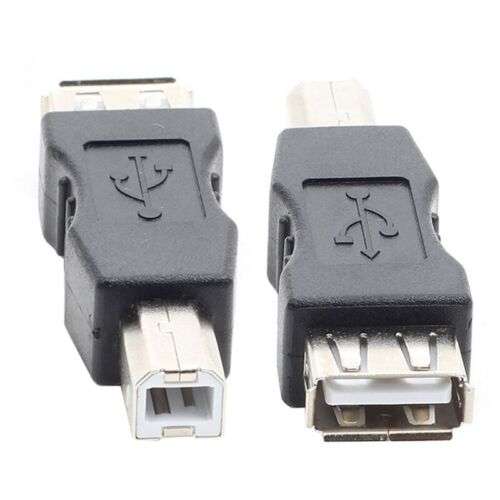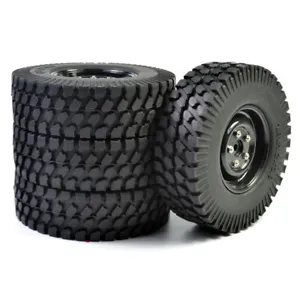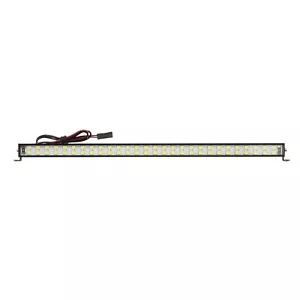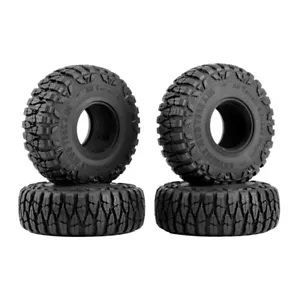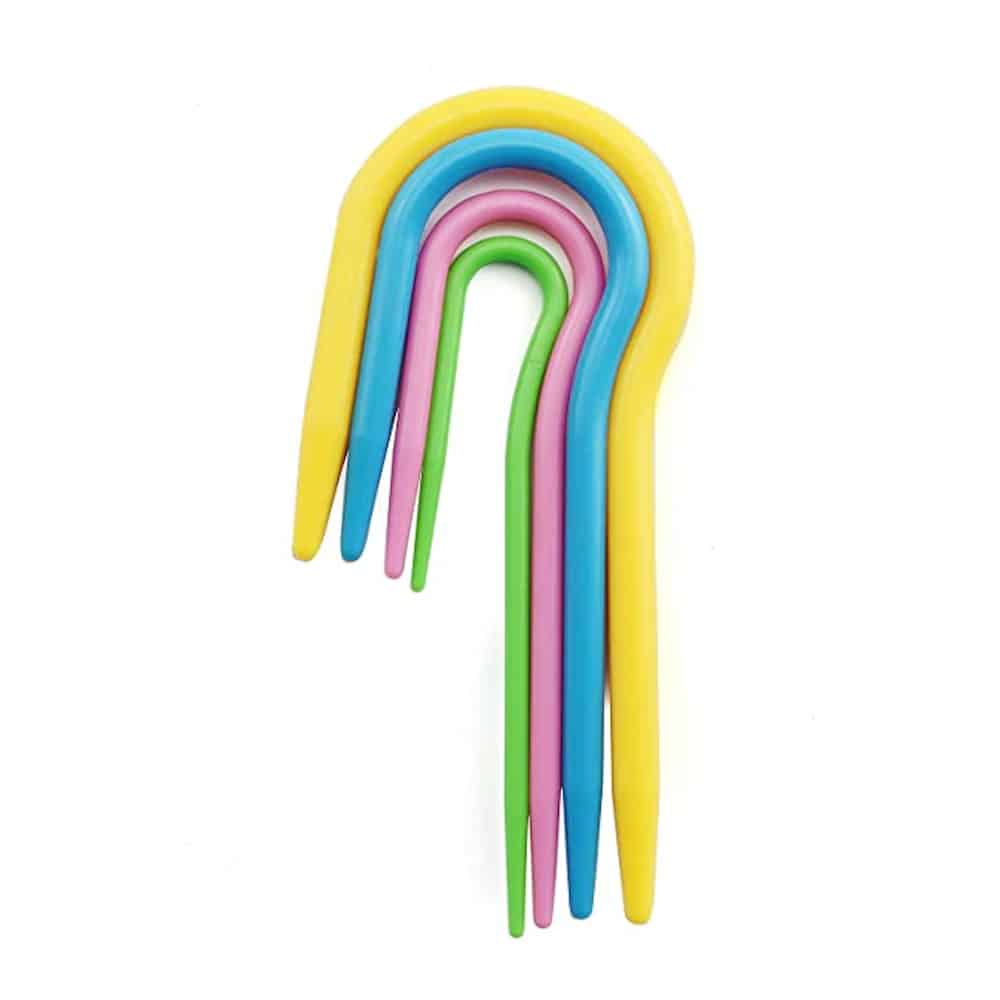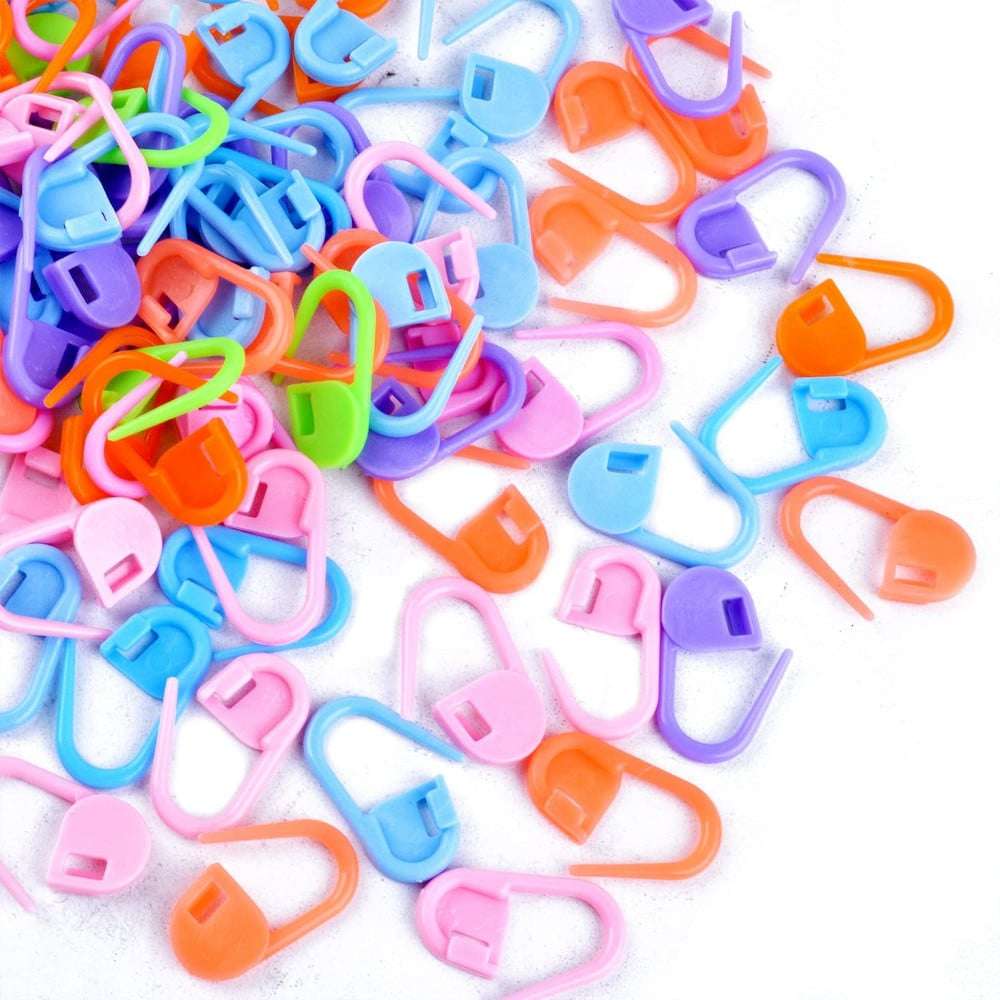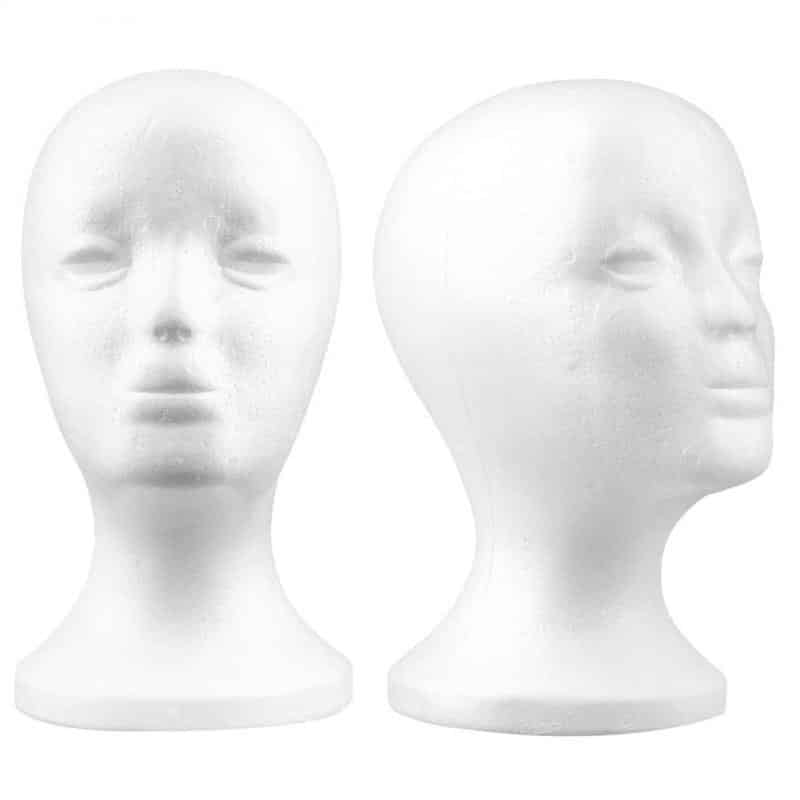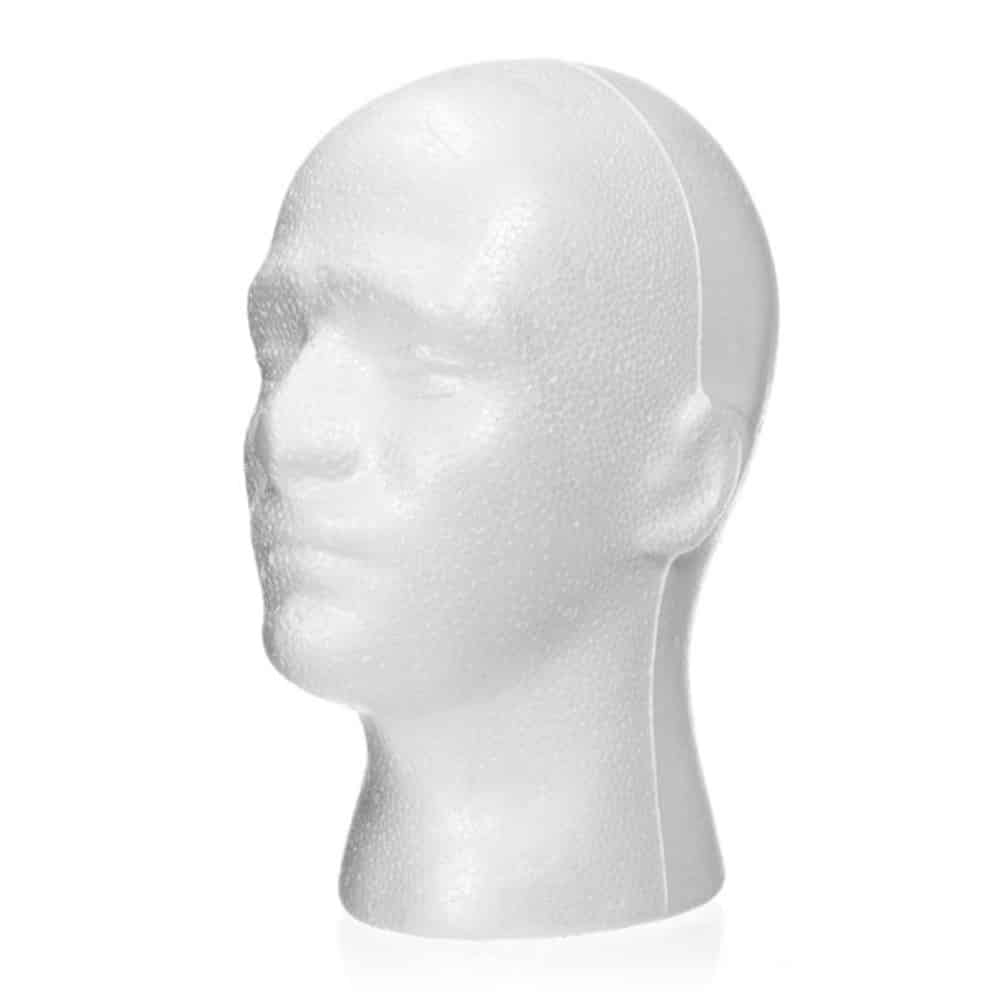USB Printer Cord Connectors Printer Scanner Cable Cord USB Printer Cable
Product Features: A USB printer cable, often known as a USB printer cord, is a crucial component for connecting a computer or laptop to a printer. It enables the transmission of data and instructions between these devices, allowing for efficient printing tasks. To meet diverse user requirements, various types of USB printer cables are available, each with distinct features and capabilities. This comprehensive guide delves into the world of USB printer cables, highlighting their types, functionalities, and key considerations for choosing the right one for your specific needs. Types of USB Printer Cables: USB printer cables come in various types, each designed to fulfill specific purposes and support different printer models and computer systems. The most common types include: USB 2.0 Type-A to Type-B: One of the widely used USB printer cables, this type features a Type-A connector on one end, which connects to the computer, and a Type-B connector on the other end, which plugs into the printer. It offers a maximum data transfer speed of 480 Mbps. USB 3.0 Type-A to Type-B: This advanced type of USB printer cable provides significantly faster data transfer rates compared to USB 2.0, reaching speeds of up to 5 Gbps. It utilizes the SuperSpeed USB technology to enhance printing efficiency and reduce data transfer times. USB 3.1 Type-C to Type-B: This latest USB printer cable type incorporates the versatile USB-C connector on one end, which can connect to both computers and laptops equipped with USB-C ports. On the other end, it has a Type-B connector to plug into the printer, delivering data transfer speeds of up to 10 Gbps. Choosing the Right USB Printer Cable: When selecting a USB printer cable, several key considerations come into play to ensure compatibility, performance, and durability: Compatibility: The most crucial factor to consider is whether the chosen USB printer cable is compatible with both the printer and the computer system. It is essential to check the printer's specifications and the computer's available ports to ensure the correct type of USB connector is chosen. Length: The length of the USB printer cable is another important consideration, as it determines the distance between the printer and the computer. It is advisable to select a cable with an appropriate length to avoid any unnecessary clutter or hindrance to movement. Data Transfer Rate: The data transfer rate of the USB printer cable is crucial for efficient printing tasks. For regular printing needs, a USB 2.0 cable may suffice. However, for high-volume printing or data-intensive tasks, a USB 3.0 or USB 3.1 cable is recommended for faster data transfer. Durability: To ensure longevity and reliability, choosing a USB printer cable made of durable materials is essential. Look for cables with sturdy connectors and robust shielding to withstand wear and tear during regular use. Additional Features: Some USB printer cables offer additional features that may enhance user convenience and functionality. These can include gold-plated connectors for better conductivity, double shielding for reduced interference, and ferrite beads for noise suppression. Conclusion: USB printer cables play a vital role in facilitating seamless communication between printers and computers, enabling efficient printing tasks. By understanding the different types of USB printer cables available and considering key factors like compatibility, length, data transfer rate, durability, and additional features, you can choose the most suitable cable for your specific needs. A well-chosen USB printer cable not only ensures reliable printing performance but also contributes to the overall productivity and functionality of your printing setup.
